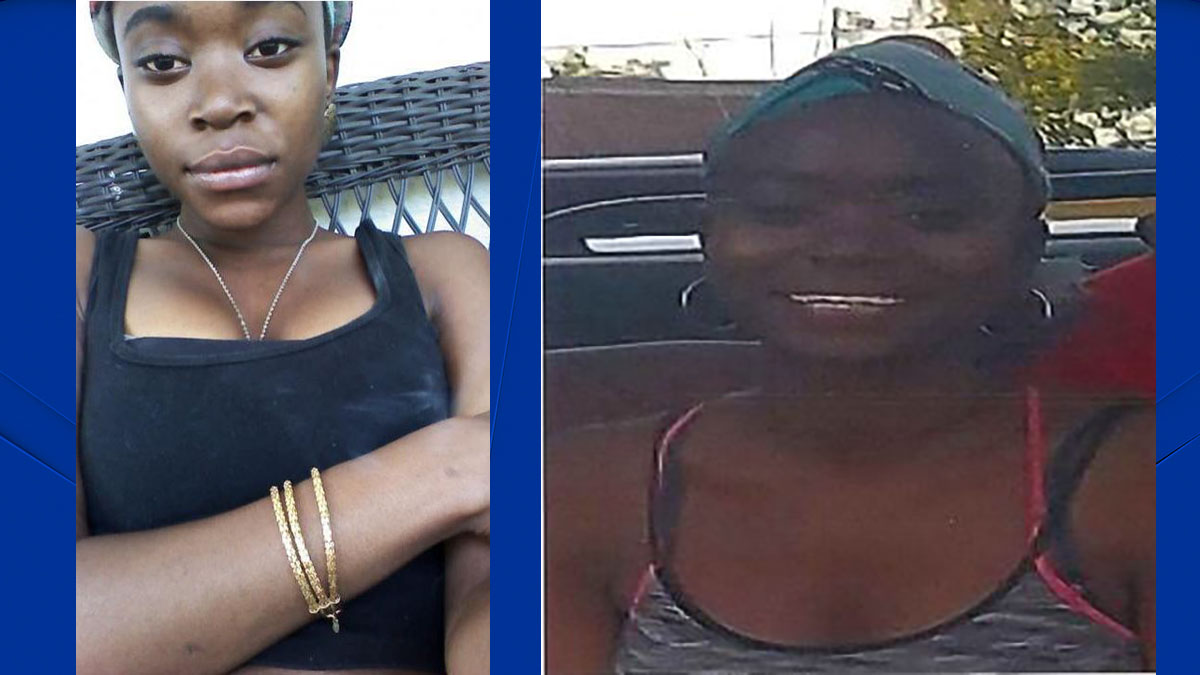Hurricane season sets in next month, and the state isn't taking a chance on the safety of New Yorkers.
The state's Office of Emergency Management is urging New Yorkers to begin preparing for the 2011 hurricane and coastal storm season by reviewing their family emergency plans and checking on emergency supplies at home and at work.
Each year, the state OEM issues its hurricane safety message ahead of the Atlantic storm season, spanning June 1 through November 30.
The National Oceanic and Atmospheric Administration's Climate Prediction Center is predicting an above-normal hurricane season this year, with 12 to 18 storms (with winds of 39 miles per hour or higher). Six to 10 of those could become hurricanes with winds of 74 miles per hour or higher, NOAA said.
New York has been spared the worst of the hurricanes in recent years, the state OEM acknowledged, but New York City residents -- especially those who live within 10 blocks of coastal area -- should be especially cautious: its densely populated and highly developed coastline makes the city more vulnerable to hurricane-related damage, says New York City's Office of Emergency Management.
"With sustained winds of 74 mph or greater, hurricanes can flatten buildings, topple trees and turn loose objects into deadly projectiles," says the city OEM website. "Along with torrential rains, storm surge is among a hurricane's most hazardous features. A major hurricane could push more than 30 feet of storm surge into some parts of New York City."
There are three hurricane zones in New York City, but regardless of where a resident is zoned, the city OEM says everyone should assemble an emergency supply kit (including a gallon of drinking water per person per day, nonperishable foods, a can opener, a first-aid kit, a flashlight, a battery-operation radio and extra batteries, a whistle, iodine tablets, personal hygiene items, a phone that does not rely on electricity, and child care supplies).
Those who live in an evacuation zone additionally need to:
- prepare a disaster plan (determine how to locate and communicate with family members, and make sure the home is properly insured);
- know where to go (finding friends or family to stay with outside the evacuation zone, or report to a hurricane shelter);
- and keep a small "go bag" ready (which should include copies of important documents in a waterproof container; extra sets of keys; copies of credit and ATM cards; $50 to $100 in cash; up-to-date medication information and other essential personal items; first-aid kit; contact and meeting information for family members; child care supplies).
New Yorkers should also monitor NOAA Weather Radio to stay aware of current weather conditions. NBC New York's weather page is continuously updated here. The website will always stay updated and carry live streams from the newsroom and weather center in emergencies.
Local
The state offers all-hazard alerts through NY-ALERT (sign up at nyalert.gov). The city offers the latest information on nyc.gov or at 311.
The last time a true hurricane hit New York State, according to state OEM spokesperson Dennis Michalski, was in 1985, when Hurricane Gloria brought Category 3 wind gusts through the western end of Long Island, causing major damage on the ground and leaving more than 600,000 New Yorkers without power for days.
In 1999, Hurricane Floyd barreled toward New York City but ultimately landed as a tropical storm and veered up to the Hudson Valley, leaving heavy damage in its wake.



